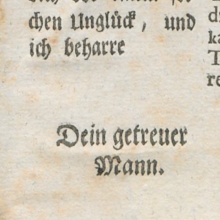The Nazi genocide of the Sinti and Roma
and the long struggle for recognition
and the long struggle for recognition
The Nazi genocide
of the Sinti and Roma and the
long struggle for recognition
of the Sinti and Roma and the
long struggle for recognition
„Racial Diagnosis:Gypsy“
Participating in society
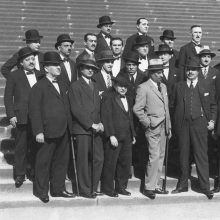
01 | Members of the association of Roma musicians on the steps of the National Museum in Budapest, 1930s. The photograph combines artistic aplomb, a pride in one’s own social status, and a demonstrable commitment to Hungarian culture. Ethnographic Museum, Budapest
01

02 | Moscow Roma choir in Tsarist Russia conducted by Ivan Grigor’evič Lebedev, late 19th century. Initially, choirs such as these sang mainly for the Russian high nobility. Famous female members of the choir later married into the nobility. Nikolai Bessonov Collection
02

03 | The Romnja Murynkina and Žukovskaja as workers at Moscow’s Šarikopodšipnik (‘ball bearings’) factory, October 1931. Its propagandistic function notwithstanding, the photograph documents the forced inclusion of the Roma into the state-controlled economy of the Soviet Union. Some collective farms (kolkhozes) were also run by the Roma. Nikolai Bessonov Collection
03

04 | Hungarian Roma at their forge workshop, 1940 Hungarian National Museum – Historical Photo Archives, photographer: Glózner Mária No. 85120
04
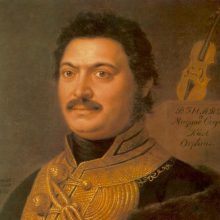
05 | János Donát: ‘Bildnis des Komponisten und Zigeunervirtuosen János Bihari’ [‘Portrait of the composer and gypsy virtuoso János Bihari’] (oil painting, 1820). Here the legendary ‘gypsy violinist’ is portrayed in the traditional courtly dress of a Hungarian nobleman, underscoring both his social status and his standing as an artist. Hungarian National Museum, Budapest
05
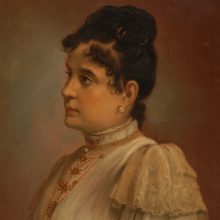
06 | Adolf Fölsch: Aranka Hegyi (oil painting, 1887). Famous operetta singer Aranka Hegyi became an iconic figure in Budapest’s theatre life during the second half of the 19th century. Hungarian Theatre Museum and Institute, Budapest
06
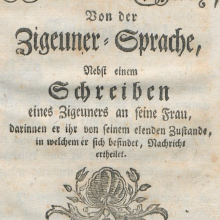
07.1 | This letter by an unknown author published in 1755 is one of the earliest preserved records of Romani as a minority language. Universitäts- und Landesbibliothek Sachsen-Anhalt, Halle
07.1
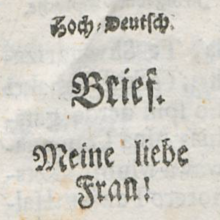
07.2 | This letter by an unknown author published in 1755 is one of the earliest preserved records of Romani as a minority language. Universitäts- und Landesbibliothek Sachsen-Anhalt, Halle
07.2

